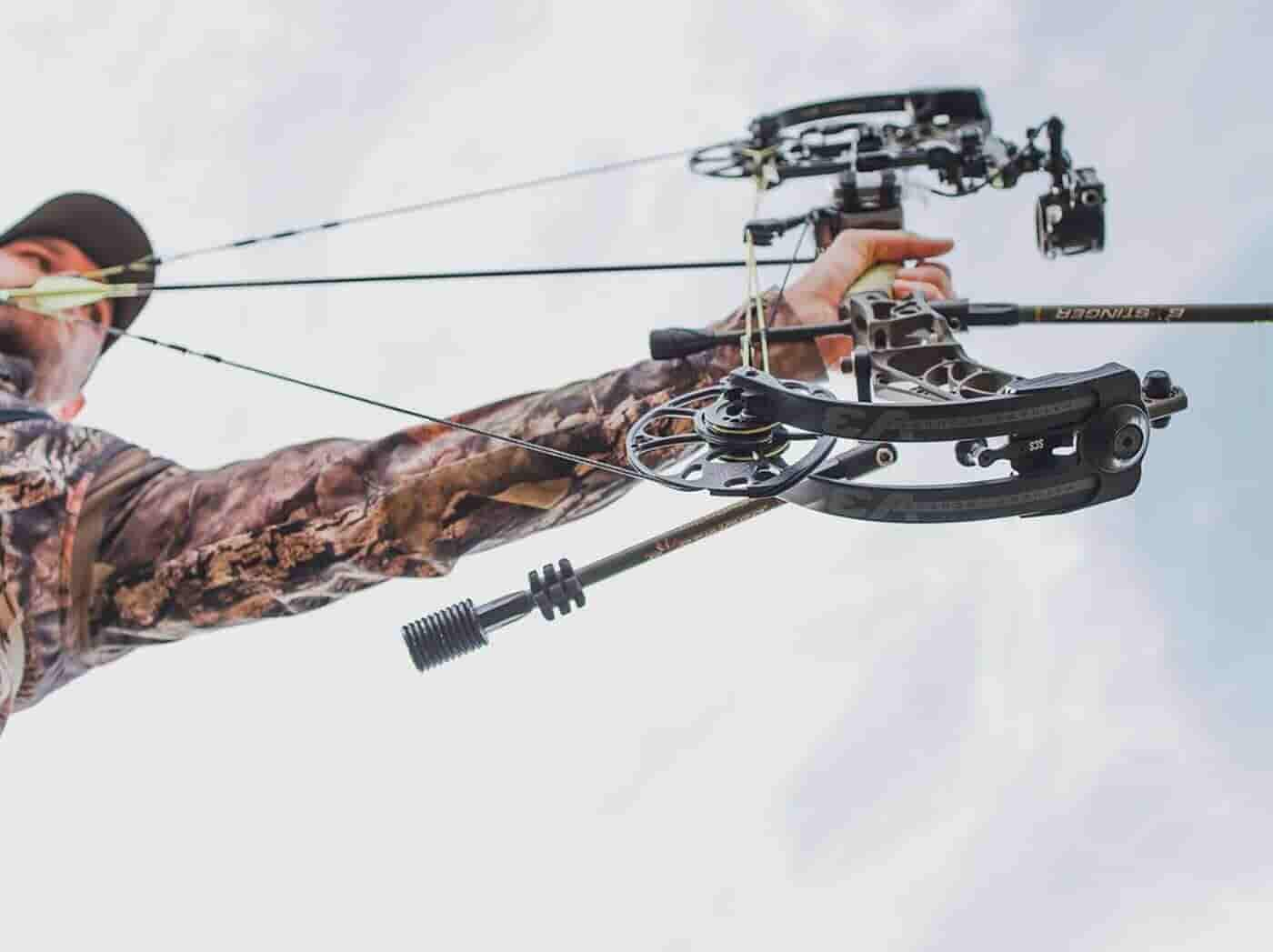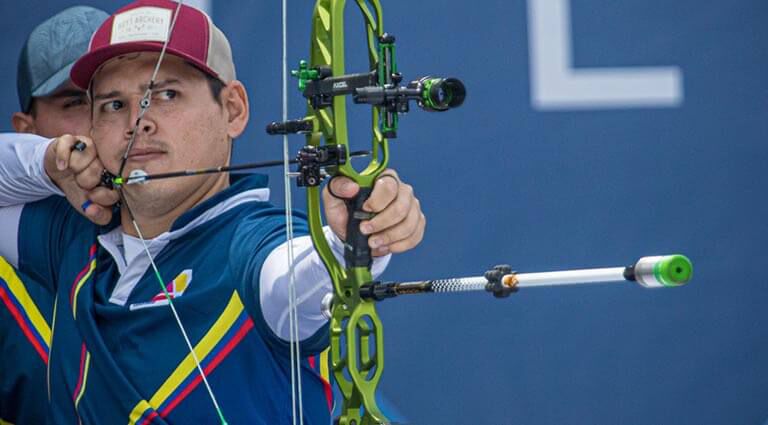Bow Stabilizer : Your Ultimate Guide to Improved Archery Accuracy
Bow Stabilizer : Your Ultimate Guide to Improved Archery Accuracy
Blog Article
Optimize Your Archery Accuracy With These Bow Stabilizer Strategies
One crucial aspect that can considerably impact your performance is the correct use of bow stabilizers. Whether you are an experienced archer looking to refine your abilities or a newcomer excited to improve your accuracy, grasping these bow stabilizer strategies might be the secret to striking your mark with unrivaled uniformity.
Advantages of Utilizing Bow Stabilizers
Utilizing bow stabilizers can dramatically enhance an archer's accuracy and total performance by lessening bow torque and vibration. Bow torque, brought on by the unequal circulation of weight in the bow, can bring about variances in shot placement. By attaching a bow stabilizer, the weight is rearranged, reducing the results of torque and assisting the archer attain an extra consistent shot. Furthermore, bow stabilizers moisten vibration, which not only boosts the comfort of shooting but also protects against the bow from jumping upon launch, hence helping in maintaining proper aim.
Furthermore, bow stabilizers can assist in holding the bow steady, particularly throughout windy problems or when shooting from longer ranges. The included weight at the front of the bow offers security and balance, permitting the archer to concentrate on aiming without the diversion of bow motion. In general, the advantages of using bow stabilizers prolong past just accuracy, improving the archer's experience and performance in numerous shooting circumstances.
Picking the Right Bow Stabilizer
Picking the suitable bow stabilizer is critical for maximizing your archery devices and enhancing shooting performance. Larger stabilizers can assist decrease bow torque and absorb even more resonance, leading to a steadier objective.

Finally, consider the design of the stabilizer. Some stabilizers feature flexible weights or dampeners that permit you to customize the equilibrium and feel of your bow. Inevitably, selecting the right bow stabilizer includes locating an equilibrium between weight, design, material, and size to boost your capturing precision and total performance.
Correct Installation Methods
To guarantee optimal efficiency and safety and security in archery, understanding correct installation strategies for your bow stabilizer is essential. The first action in installing a bow stabilizer is to recognize the appropriate placement on your bow.
Following, safely next affix the stabilizer to the bow using the suitable placing hardware. Some stabilizers come with adjustable weights that can be included or eliminated to tweak the equilibrium of your bow.

Changing Stabilizer Weight and Length
After ensuring the correct installation of your bow stabilizer, the following action involves adjusting the weight and length to maximize its efficiency in enhancing archery precision. The weight of the stabilizer plays a critical role in minimizing bow activity throughout the shot cycle.
When it pertains to stabilizer size, locating the appropriate equilibrium is vital. A longer stabilizer can provide better security by raising the range in between the bow and the weight at the end of the stabilizer. This included range enhances the supporting result, particularly in gusty conditions or when shooting at longer ranges. On the other hand, a shorter stabilizer provides extra maneuverability and might be chosen by archers who value agility and fast motions throughout shooting.
Advanced Stabilizer Tuning Tips
Accomplishing optimum bow stability and accuracy in archery requires a nuanced approach to innovative stabilizer tuning. Advanced stabilizer tuning involves fine-tuning numerous parts to improve the bow's balance, minimize vibration, and improve total pop over to this site accuracy. One crucial method is to explore different stabilizer arrangements, consisting of side-bar and back-bar setups, to find the optimal equilibrium in between security and maneuverability for your shooting design. bow stabilizer. Additionally, changing the angle and positioning of the stabilizer can have a considerable effect on just how the bow reacts upon launch.
One more vital facet of sophisticated stabilizer tuning is optimizing the damping buildings of the stabilizer system. This can be attained by integrating extra moistening accessories such as rubber dampeners or harmonic stabilizers to even more lower resonance and noise. Discovering different products for the stabilizer construction, such as carbon fiber or aluminum, can likewise influence the bow's efficiency by changing its weight distribution and tightness. By thoroughly fine-tuning these sophisticated stabilizer elements, archers can optimize their precision and consistency on the array or in competition.
Final Thought
In conclusion, making best use of archery precision can be achieved with the proper option, installation, and adjustment of bow stabilizers. In general, integrating bow stabilizers into archery method can lead to enhanced efficiency and enhanced accuracy.
Making use of bow stabilizers can significantly improve an archer's accuracy and general efficiency by decreasing bow torque and vibration. Longer stabilizers offer higher stability and balance, especially for long-distance shooting, while shorter stabilizers supply even more flexibility and are easier to steer in tight areas (bow stabilizer). Carbon fiber stabilizers are long lasting and lightweight, while aluminum stabilizers are robust and provide excellent vibration wetting
A longer stabilizer can give higher stability by enhancing the range between the bow and the weight at the end of the stabilizer.One more critical aspect of sophisticated stabilizer tuning is optimizing the damping buildings of the stabilizer system.
Report this page